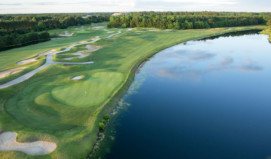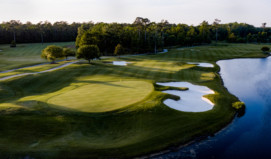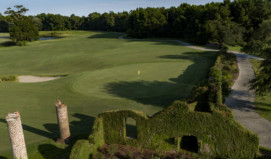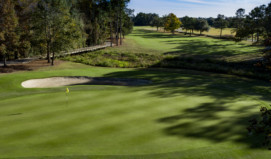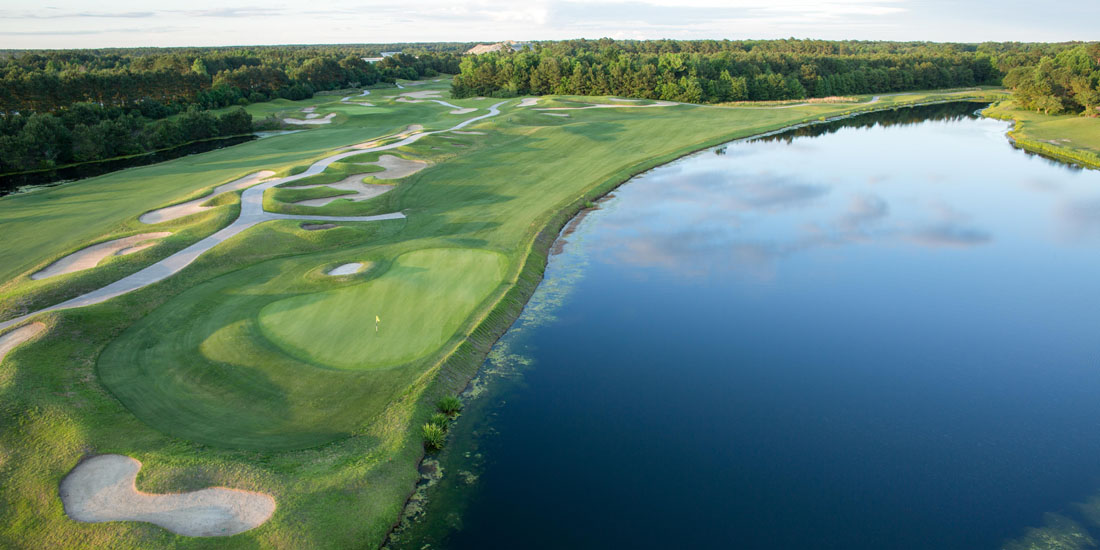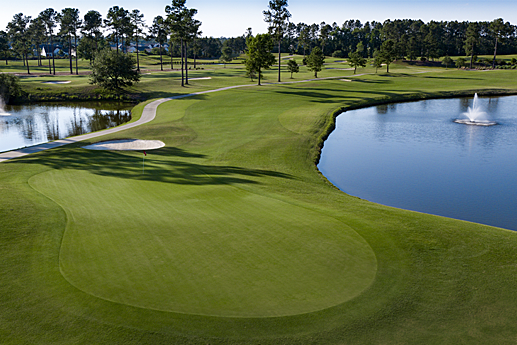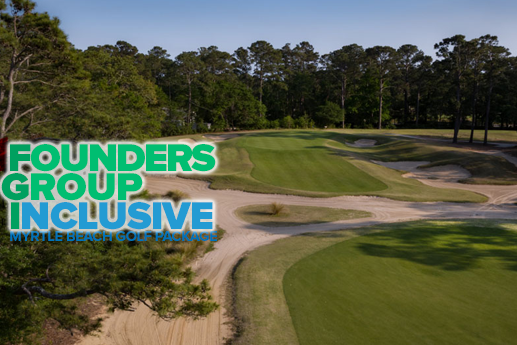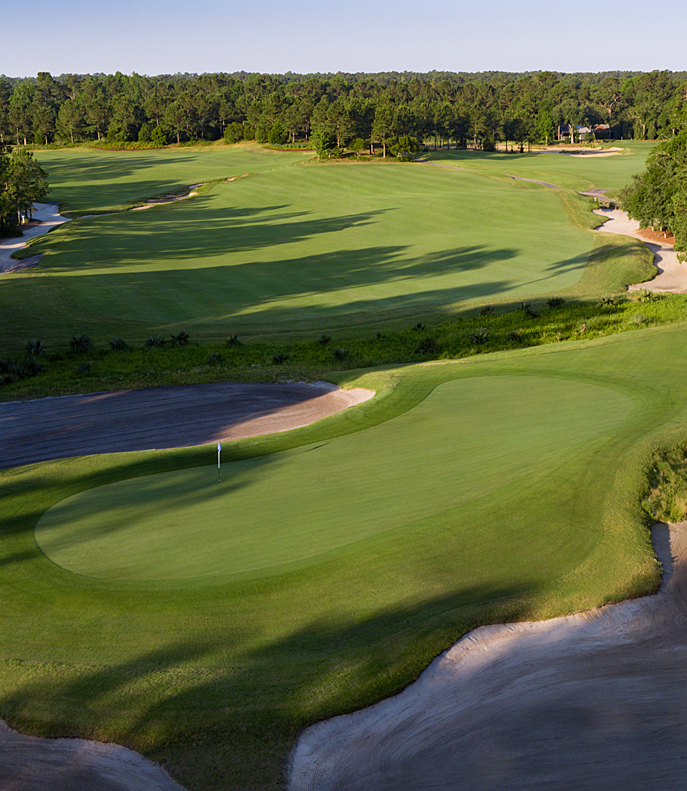During a span of 25 years, Myrtle Beach transitioned from sleepy beach town to international golf Mecca. There were nearly 90 golf courses built in less than three decades, a dizzying stretch that is hard to fathom in retrospect.
Courses like Caledonia, Grande Dunes, Tidewater and Pawleys Plantation opened between 1980 and 2008, but no facility created more anticipation than Barefoot Resort.
Myrtle Beach’s quest to be known as much for the quality of its golf as the quantity reached its zenith when Barefoot opened four layouts simultaneously in April of 2000.
Greg Norman, Tom Fazio, Davis Love III and Pete Dye designed namesake courses and Barefoot became the first (and still only American) property to open four courses at the same time. It was a remarkable time and 20 years later, Dave Genevro, who is now the property’s general manager, is the only man who has worked at Barefoot Resort from the beginning.
Three of the four courses – Fazio, Love and Dye – have been ranked among America’s top 100 public courses and Barefoot has hosted some of the area’s most high profile events, including Big Break Myrtle Beach and for the last 18 years, the Hootie & the Blowfish Monday After the Masters Celebrity Pro-Am.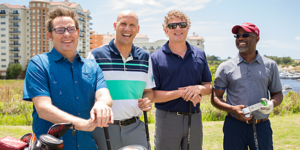
With four beautiful courses based out of two clubhouses, Barefoot has managed to exceed the lofty expectations people had for the property.
We recently sat down with Genevro, who moved from Pennsylvania to accept a job as a first assistant at Barefoot in 2000, to reflect on those opening days and the property’s development.
When Genevro arrived, the area was much more rural than it currently is, and Barefoot bore little resemblance to the thriving golf community it is today.
“The entire property was used for hunting, (prior to becoming a golf resort),” Genevro said. “I was in awe of the size of the project and how someone could put it together.
“With three weeks to go (before opening), we were still waiting to get into the pro shops (which weren’t the grand structures people enjoy today), but we were out on the courses putting tags on sprinkler heads for yardage. We did that for two weeks.”
Barefoot’s opening was delayed by Hurricane Floyd, which brought considerable flooding to the area in the fall of 1999 and slowed construction, and then a man-made (and largely forgotten) mistake caused considerable headache. To get to Barefoot, golfers have to cross the property’s swing bridge, but due to an engineering mistake, the bridge didn’t initially align, forcing golfers to take pontoon boats across the Intracoastal during Barefoot’s first two months.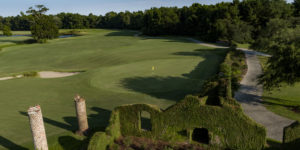
The boats left from Greg Norman’s Australian Grille at Barefoot Landing and took players to the Dye Estates dock, creating lasting memories for Genevro and the players who experienced the ride.
“We loaded the bags on the docks, and we (sometimes) lost communication (with the other side) because our radios fell in the water,” Genevro recalled with a laugh. “We had guys drop their clubs in the waterway – some people jumped in to get them and others said, ‘The way I played today, I don’t need them!’
“The boat rides to tee times (were great). Golfers got to the first tee and were like ‘I’m in heaven.’ The course conditions were unbelievable. People played all day, and we had to get them back by darkness. Going down the Intracoastal Waterway at sunset, the pictures people would share with us or tell us about were (unforgettable). At least 3-5 times a year, I’ll have people stop by the office and say they were one of the originals riding the pontoon boats and they say, ‘I think you should still be using those.’”
While everyone recalls the early days and the hiccups with a smile, the reality is they were the exception to the rule. Barefoot was a premier property from the first tee shot.
There was never a doubt about the quality of the courses and maturity has only made them better. As the host of Big Break and Monday After the Masters, the property has enjoyed time in the national spotlight, and Golf Magazine ranked Barefoot among America’s top 25 resorts for buddies trips in 2019.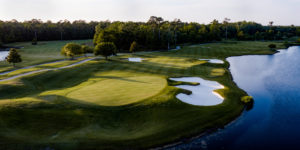
The one constant has been Genevro. Whether Barefoot was working to overcome a 2009 fire that destroyed 76 homes and damaged the golf courses, hosting the Canadian Tour, or accepting an award, he has been at the heart of the property’s success.
So what’s ahead for Barefoot in the next 20 years? Expect the property to adjust with the times, with an emphasis on playability and more efficient maintenance practices, all of which will improve the player experience. The continuing maturation of the courses will only make them better.
The opening of Barefoot 20 years ago was the most anticipated in Myrtle Beach golf history and the property continues to be one of the area’s standard bearers.

